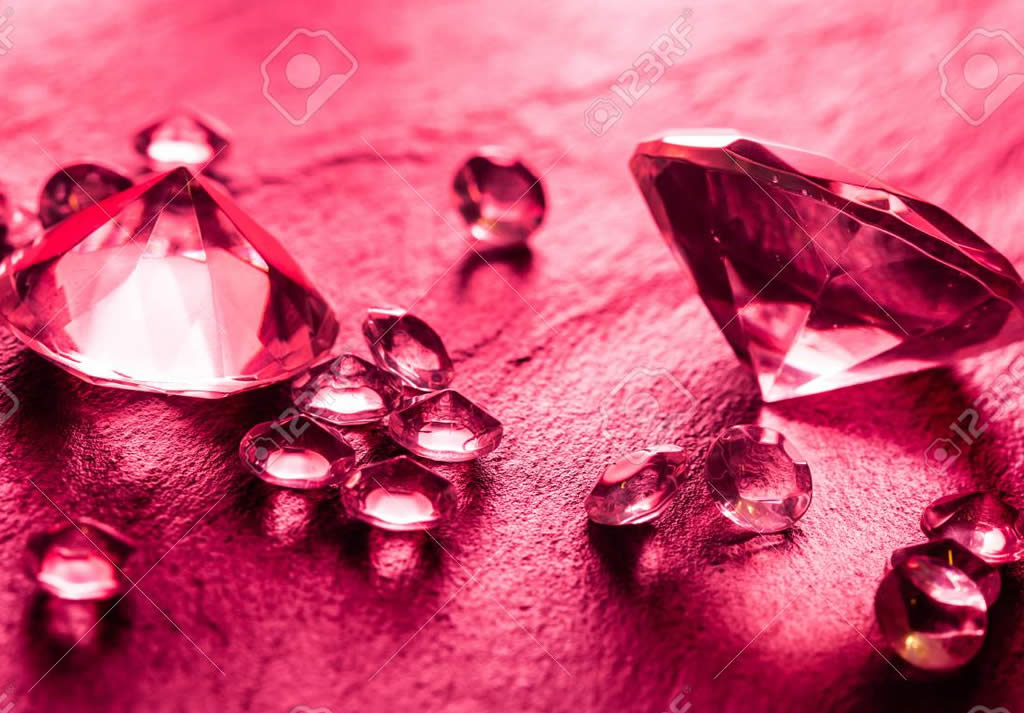For years, the global diamond trade has faced scrutiny over the origins of its stones. Stories of diamonds funding armed conflict in parts of Africa led to international outrage and pressure for change. These so-called “conflict diamonds” didn’t just carry a price tag—they carried a history of violence, exploitation, and suffering.
Today, consumers are more aware. Many want to know where their products come from and what impact they have. In the jewellery industry, this shift is clear. Ethical sourcing has moved from a niche concern to a standard expectation.
This change is driving demand for alternatives. One of the most talked-about? Lab-grown diamonds.

What Are Conflict Diamonds?
Conflict diamonds, often called blood diamonds, are rough
stones mined in war zones and sold to fund armed conflict. These diamonds
became widely known during the 1990s and early 2000s, with brutal conflicts in
Sierra Leone, Angola, and the Democratic Republic of the Congo tied directly to
the trade [Wikipedia].
Why the Industry Is Looking for Alternatives
At the same time, awareness is growing around the
environmental damage linked to diamond mining. Open-pit mines can displace
entire communities and damage ecosystems. In regions like sub-Saharan Africa,
reports of unsafe working conditions and child labour have pushed buyers to ask
harder questions.
Retailers are feeling that pressure too. More companies are
being asked to show proof of ethical sourcing. And in many cases, they can’t.
This has opened the door to alternative supply chains—especially lab-grown
diamonds, which offer more control, traceability, and fewer unknowns.
The Rise of Lab-Grown Diamonds
These diamonds are made using two main methods: High Pressure High Temperature (HPHT)
and Chemical Vapour Deposition (CVD).
Both recreate the conditions that form diamonds underground—but inside a lab.
The result? A real diamond. Same chemical structure. Same look. No mining
involved.
Lab-grown diamonds avoid most of the ethical issues tied to
traditional sourcing. There’s no forced labour, no funding of armed conflict,
and far less environmental damage. Production still uses energy, but in many
labs that energy is renewable. Some companies now even publish lifecycle
assessments of their diamonds, showing emissions and resource use.
Visually and physically, there’s no difference. They’re
graded the same way as mined diamonds (cut, clarity, colour, carat) and
certified by the same labs, like IGI
or GIA.
Prices are lower too—often 30–50% less than a mined
equivalent. That makes them more accessible, especially for buyers who want
quality without supporting questionable practices.
Impact on Conflict Diamonds
When buyers choose lab-grown, they’re removing money from
supply chains that may be linked—directly or not—to conflict zones. Even if a
specific diamond isn’t from a war-torn area, the industry as a whole is shaped
by global demand. Less demand for mined diamonds means less pressure to extract
them from risky or unregulated regions.
Reports from industry analysts, like Bain & Company, show that lab-grown diamonds are gaining market
share each year. In 2023, lab-grown stones made up roughly 10% of global diamond
jewellery sales—and that number keeps growing. More choice means more people
can opt out of murky supply chains without sacrificing quality.
The effect is especially strong in markets where ethical
sourcing matters. In the US, UK, and here in Australia, many buyers are already
shifting toward lab-grown. That puts pressure on the traditional diamond
industry to clean up its act—or lose relevance.
And while lab-grown diamonds won’t stop every unethical
practice overnight, they are changing the conversation. They give people a way
to buy consciously and push the industry in a better direction.
The Australian Context
In Australia, the jewellery market is witnessing a notable
shift as consumers increasingly opt for ethical and sustainable choices.
Lab-grown diamonds have gained significant traction, reflecting a broader
global trend towards responsible consumption.
This growing preference is exemplified by the success of
companies like Cullen Jewellery, a
Melbourne-based retailer specializing in lab-grown diamonds. Founded in 2016,
Cullen Jewellery has expanded to multiple cities, including Sydney, Brisbane,
and Perth. The company reported a 400% year-on-year revenue growth in 2023,
aligning with the global lab-grown diamond market’s projected value of USD 59.2
billion by 2032. [Forbes
Australia]
Similarly, The
Moissanite Company (TMC), established in 2021 by Brisbane couple Makayla
and Tom Donovan, transformed a $10,000 investment into a $10 million enterprise
within a few years. TMC’s focus on affordable, lab-grown diamond jewellery has
resonated with Australian consumers seeking ethical alternatives.
Established jewellers are also adapting to this trend. Bartlett Master Jewellers, a
family-owned business in Townsville with a 50-year history, now offers
lab-grown diamonds alongside traditional options. This approach caters to the
evolving preferences of their clientele, emphasizing transparency and education
about diamond choices. [Financial
Times]
The increasing availability of lab-grown diamonds in
Australia reflects a broader consumer shift towards sustainability and ethical
sourcing. As awareness grows, more Australians are choosing these alternatives,
influencing the local market and encouraging retailers to align with these
values.
Lab-grown diamonds offer a clearer path. They don’t rely on
dangerous mining practices. They don’t come from war zones. And they let buyers
support transparency without compromising on quality.
In Australia and globally, more people are choosing with
their conscience. The shift to lab-grown diamonds is reshaping the industry—not
just as a trend, but as a long-term move toward cleaner sourcing and better
standards.
For those who care where their diamonds come from, that
shift matters.